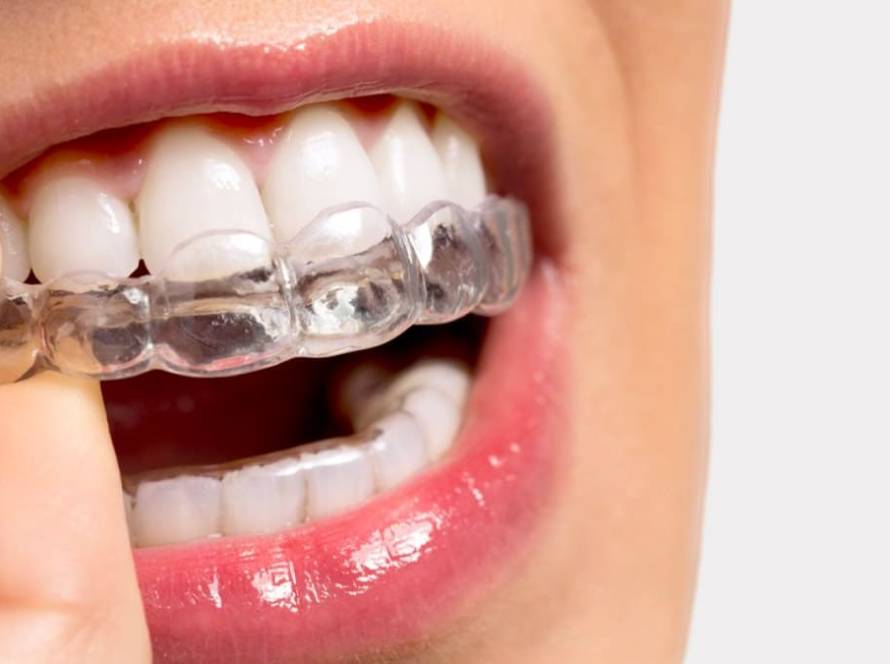1. What is Orthognathic Surgery?
Orthognathic surgeryis a device that allows the jaw bones to be aligned and corrected. oral and maxillofacial surgeryprocedure. It's a surgical procedure, jaw closure disorders, asymmetry, sleep apnoea, tooth clenching (bruxism) as well as functional and aesthetic applied in the treatment of problems.
This operation is usually is planned in collaboration with an orthodontist and a maxillofacial surgeon. Supported by orthodontic treatment, the patient's teeth and jaw is brought to the ideal position and a proper closure is ensured.
2. The Most Common Misconceptions About Orthognathic Surgery
Myth 1: Orthognathic Surgery is Only for Aesthetics
- Reality: Jaw surgery is not only an aesthetic procedure.
Orthognathic surgery, not only not to improve chin aesthetics, but also the following solve health problemsalso applies:
- Malocclusion (closing disorders): Irregular closure of the teeth can cause chewing and speech difficulties.
- Sleep apnoea: Patients with a receding upper jaw (maxilla) airways can become blocked and respiratory problems may occur.
- TMJ (Temporomandibular Joint) disorders: Pain in the jaw joint, teeth clenching and chronic headaches may occur.
- Speech disorders: Jaw closure problems can make it difficult to pronounce sounds correctly.
Myth 2: Jaw surgery is extremely painful and does not heal for a long time
- Reality: Postoperative pain can be controlled with advanced anaesthesia and pain management techniques.
- Pain management after jaw surgery:
- There may be swelling and mild pain in the first days, but this controlled by cold applications and painkillers.
- Most patients can return to their daily activities within 2-3 weeks.
- The full recovery period is between 6 months and 12 months.
Myth 3: The Face Becomes Unrecognisable After Orthognathic Surgery
- Reality: Orthognathic surgery provides a natural and balanced appearance by correcting facial symmetry.
- Facial change after jaw surgery:
- The facial features of the person become more harmonious.
- Instead of sharp facial features, a more proportional and natural appearance is provided.
- After the operation, the change is noticeable, but the patient does not look like a completely different person.
Myth 4: Jaw Surgery is Only Performed in Serious Cases
- Reality: Patients with moderate jaw closure disorders are also suitable for surgery.
Orthognathic surgery may be recommended in the following cases:
- Mild or moderate jaw closure disorder patients with
- Tooth alignment problems that cannot be solved with orthodontic treatment.
Myth 5: Speech Impairment Occurs After Jaw Surgery
Reality: Speech may be temporarily affected after surgery, but will improve in the long term.
Things to know about speech impairment after jaw surgery:
- In the first weeks mild speech difficulties may occurbut it's temporary.
- When the tongue and lip muscles get used to the new jaw structure after surgery, speech improves.
- Rapid recovery can be achieved with speech therapy support.
3. Benefits of Orthognathic Surgery
- Functional recovery: Improves chewing, breathing and speech problems.
- Contribution to oral health: It provides better alignment of the teeth and reduces the risk of tooth decay,
- Increased self-confidence: It supports the psychological well-being of the person with more proportional facial features.
- Treats sleep apnoea: It opens the airway, improves breathing and provides quality sleep.
4. Nutrition and Care After Jaw Surgery
Nutrition process after jaw surgery:
- First 2 weeks liquid and soft foods consumed.
- Protein-dominant diet accelerates healing.
- The transition to solid foods may take 4-6 weeks.
Conclusion
To have the correct knowledge about orthognathic surgery, patients helps to make an informed decision. Jaw malocclusion, aesthetic concerns or breathing problems you live in, You can evaluate the most appropriate treatment options by consulting a maxillofacial surgeon.
If you want to take a look at scientific research on the healing process after orthognathic surgery, Current articles published in PubMed you can examine




